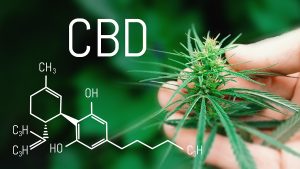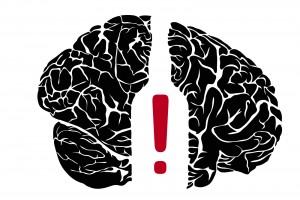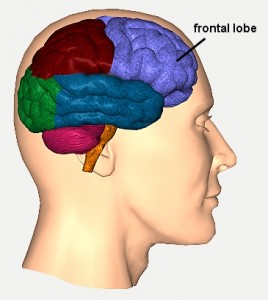Two new studies showed that marijuana causes schizophrenia and heart stacks. Marijuana use has been increasing significantly in the general population since the 1990’s. Initially many believed that marijuana would be harmless. But increasingly there are medical publications showing the opposite.
In the following I present data how the use of marijuana causes these two documented side effects, heart attacks and schizophrenia.
Schizophrenia increased since the 1990’s
A July 21, 2021 study from Denmark included all people of Denmark who were older than age 16 from January 1, 1972 to Dec. 31, 2016. The number of participants were 3 ,595 ,910 women (50.0%) and 3 ,590 ,924 men (50.0%). The total number of individuals in the study were 7,186 ,834.
Here are the figures of the percentages of cannabis related schizophrenia cases in Denmark according to the study:
- 1995: 2% of all schizophrenia cases related to cannabis use in Denmark
- 2000: 4% of schizophrenia cases due to cannabis use
- 2010: 8% of all schizophrenia cases from cannabis use
The researchers found that the risk of coming down with schizophrenia heightens with increased cannabis use. Heavy users are more likely to develop schizophrenia than light users.
Cannabis use disorder
One subgroup of cannabis users are people with a cannabis use disorder. They use cannabis, but they become tolerant to it. This requires a higher dose of cannabis to achieve satisfaction. But they are unable to reduce cannabis. They spend more and more time to obtain cannabis, use it and recover from the effect. They give up other activities in favor or cannabis and they continue the use despite negative consequences. Researchers found that this group of individuals had the highest risk to develop schizophrenia. The authors of the Danish study found that patients with cannabis use disorder over the past 2 decades have increased their risk for developing schizophrenia by 3- to 4-fold. They feel it is because of the increase in use and the increase in potency of cannabis.
Heart attacks increased with cannabis use
A Canadian study assessed a cross-sectional study of 2017 and 2018.
The study in question was the American Behavioral Risk Factor Surveillance System survey of US adults. The authors zeroed into young adults (aged 18–44 yr.) with recent cannabis use and a history of a heart attack. Among 33,173 young adults there were 4,610 respondents with recent cannabis use (17.5%). 61 respondents among the recent cannabis users reported that they had a heart attack, which is 1.2%. In comparison non-cannabis users had a heart attack rate of only 0.8%. The adjusted odds ratio for cannabis users compared to non-users was 2.07. This means that the probability of getting a heart attack when using cannabis was 2.07-fold higher when compared to non-users. Also, the investigators found that a history of a heart attack had a probability of being due to cannabis use with a probability of 2.31-fold.
Cannabinoid receptors
Researchers found endogenous cannabinoids in the brain that function as messenger molecules. They need to activate their targets, the cannabinoid receptors, called CB1 and CB2. CB1 receptors are found mainly in the central nervous system. CB2 receptors are located mainly in the immune system. Reproductive organs have their own cannabinoid receptors. The lining of the uterus contains only CB1 receptors. Ovaries and testicles both use CB1 and CB2 receptors. Tetrahydrocannabinol (THC) from smoking or ingesting marijuana is the main psychoactive compound in cannabis. It stimulates these cannabinoid receptors also. But compared to the body’s own cannabinoids THC is much stronger. This leads to more pronounced effects that concern many physicians.
The overwhelming response of the cannabinoid receptors to THC leads to a blunting of the signals of the body’s own cannabinoids. This causes a breakdown in communication between neurons and body cells.
Conclusion re. marijuana causes schizophrenia and heart attacks
Legislators in Canada and many of the states in the US legalized the use of marijuana. As a result, the cannabis use in the younger age group of adults (between 18 to 44 years) has increased significantly. This means that more and more people are exposed to THC from cannabis, which overstimulates the body’s own endocannabinoid system. As explained this leads to a breakdown of communication between neurons and body cells. In time diseases like heart attacks and schizophrenia can develop, a fact overlooked by the media and the public. The overuse of marijuana leads to more than a 2-fold risk to get a heart attack and a 3- to 4-fold risk of coming down with schizophrenia. These are the facts right now. But with further increased use of cannabis researchers will likely find many other diseases that THC can trigger.















